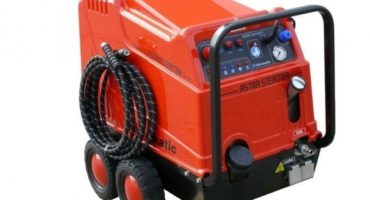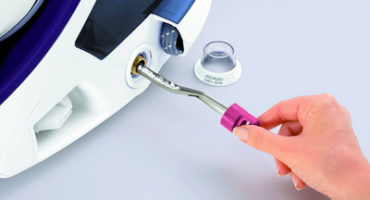Recently, devices such as steam generators began to enjoy great popularity among consumers. With their help, you can quickly and efficiently iron things, as well as perform heat treatment of various textile products. But, choosing the best option for use at home, you need to understand what are the significant differences between the models of these devices presented on store shelves, the most important of which is the presence of a boiler. Therefore, before you go to the store for a purchase, you need to figure out which steam generator is better with a boiler and without a boiler, what is the difference between them.

What is a steam generator, its types
A steam generator is a device designed to produce water vapor that exits under atmospheric pressure. The operation of the device is carried out by means of heat exchange. Currently, there are two main types of steam generators, which differ significantly from each other not in appearance, but in internal structure, namely:
- with a boiler;
- without a boiler.
The first option implies the formation of steam in a special storage device by heating water to its boiling point. Then the steam released is heated even more, and only after that it goes through the hose to the iron, through which it goes outside. The second version of the steam generator has another name - a device with instant steam generation. In this case, water is supplied through a hose to the heating element, where it almost instantly turns into steam in its entirety and exits through the sole of the iron.
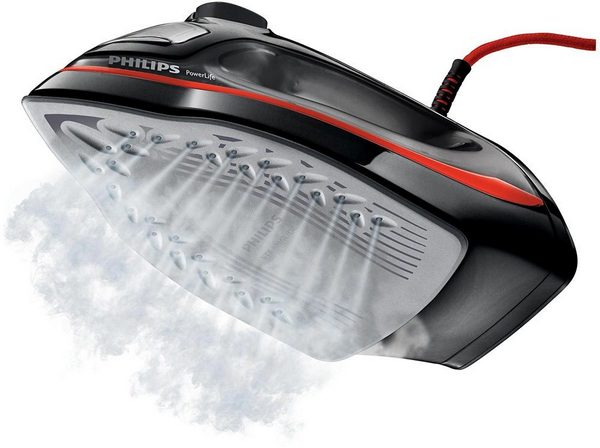
Most often, steam generators without a boiler have one modification and their device includes a water tank connected by means of a hose to a working tool that looks like an iron in which the heating element is located. Steam generators with a boiler, despite the fact that outwardly do not differ from each other, can be performed in two versions, namely:
- with one water tank;
- with two water tanks.
In the first case, the liquid is added to the same container where it subsequently heats up and turns into steam. A two-capacity steam generator with a boiler is refilled in one of the tanks, in which the water is always in a cold state, and when the device is turned on, the liquid flows portionwise into the second tank, where it is heated and evaporated. This difference significantly affects the amount of time it takes to wait from turning on the device in the electrical network until it can be used. And as it becomes clear from the design of these two options, the dual-capacity steam generator is more efficient in terms of full heating and operational readiness.
Steam generators with a boiler produce hotter and drier steam. Therefore, in operation, they show greater efficiency. Their main drawback can still be called a rather long warm-up, in contrast to devices with instantaneous steam formation, the heating time of which is no more than that of a conventional iron. It is also worth noting the difference in size of two different devices. A steam generator with a boiler is large compared to a device in which there is no boiler.Therefore, when choosing devices for this purpose, it is necessary to determine what is more important, the small size and speed of heating or hotter steam, but at the same time better-quality ironed things.
Otherwise, the differences between the models of the steam generator are similar to each other and the main characteristics that you need to pay attention to when choosing are:
- power;
- pressure;
- fluid volume;
- sole material.
But, as well as when choosing an iron, choosing the most suitable steam generator, you need to feel the convenience of working with it. Before buying, you need to take the iron in your hands and feel its weight, the acceptable length of the cord and the convenience of switching modes. If this is not done, then even the most powerful and modern steam generator can become unclaimed in the domestic environment simply for the reason that it is not convenient.
Find out why the steam generator may not supply steam, you can here.
Steam generator power
The price of the device directly depends on the power of the steam generator. The more powerful it is, the more its value becomes. In order not to overpay, you need to decide on the main purpose of the device. So for daily ironing of various home textiles, as well as clothes made from ordinary fabrics, such as cotton or linen, a small power of up to 1000 watts will be enough. In this case, it can be used as conventional steam iron.
If it is necessary to perform vertical steam clothes, including outerwear, such as down jackets and coats, as well as perform cleaning of carpets or furniture upholstery, then a powerful device will be more appropriate. For these purposes, a steam generator with a power of up to 2500 watts will be most acceptable. If the household steam generator will be used very often and the quality of the result is its determining factor, then its power can reach 3100 W. Optimum power when choosing a steam generator for home, which makes it possible to use it for various purposes, is a value from 1800 to 2600 watts. In this case, it will even smooth out strong creases, use it both horizontally and vertically, and if necessary, will allow to disinfect the tissue.
Steam pressure
The higher the pressure of the steam generator, the better the steam supply from the device. On average, the pressure of household appliances for this purpose is from 2 to 6 bars. Some models are equipped with a special indicator that allows you to accurately set the amount of steam that the device produces in one unit of time.
However the steam generator may not supply steam; you can find out why, here.
Models, the use of which guarantees a high-quality cleaning and ironing result, have a constant steam supply from 90 to 140 grams per minute. Moreover, when the maximum steam boost mode is on, this value can reach 260 grams per minute. Such a quantity of hot humid air will be sufficient both for smoothing the creases in a horizontal position, and for steaming things with a vertical arrangement of the iron.
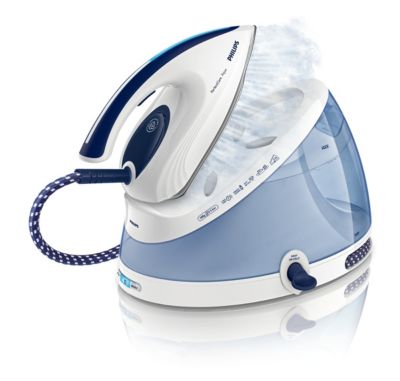
The volume of fluid in the reservoir of the steam generator
Regardless of the type of device, whether it is a steam generator without a boiler or with its presence, the water tank in it is one of the main structural elements. The larger it is, the longer you can use the device without the need to add water to it. It should be borne in mind that the dimensions of the steam generator depend on this indicator - the larger the water tank, the larger the device itself.
The minimum tank volume is 400 ml, the maximum is 2200 ml. If with the help of a steam generator it is planned to iron and clean things constantly, and there is enough space for its storage, then it is better to choose the volume of the water tank close to its maximum possible size.If compactness is an important factor, then a device with a liter tank will work best.
Soleplate
Despite the fact that in most cases the steam generator is used to smooth things under the influence of steam, the sole material of the iron is also very important. Today, models of these devices can have an iron sole made of:
- aluminum, which practically does not add weight to the device, so it remains quite light and convenient to use. The disadvantage of using this material for these purposes is its slight damage to mechanical stress, namely the appearance of scratches, which is a very common occurrence when ironing clothes with buttons, zippers or other accessories. In addition, when the hot sole of the iron made of aluminum comes into contact with woolen and other types of fabric, shiny traces may remain on the latter, spoiling the appearance of the product;
- titanium, which has a large weight due to which the mass of the iron will be significant. The advantage of using this material can be called its quick heating and good glide on any kind of fabric. At the same time, a lot of weight in the process of horizontal use can be called an advantage rather than a disadvantage, since in the process of ironing it will not need to be pressed hard;
- combined, which is most often made of aluminum, which is coated with ceramics or Teflon. This design combines all the positive qualities of aluminum, and at the same time it does not have its drawbacks.
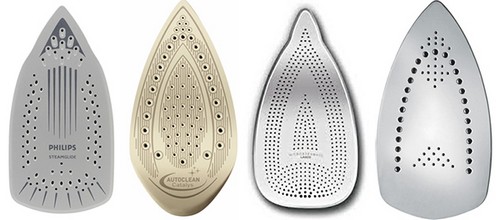
If the sole of the selected steam generator is made of aluminum, but at the same time it is necessary to iron a thing from wool, a special Teflon pad will help to avoid the appearance of shiny traces. It can be supplied with the device or purchased separately. It will not let the sole get very hot even while using the most powerful mode. Furthermore, the temperature of dry steam will have its maximum value, which will make it possible to obtain a high-quality result.
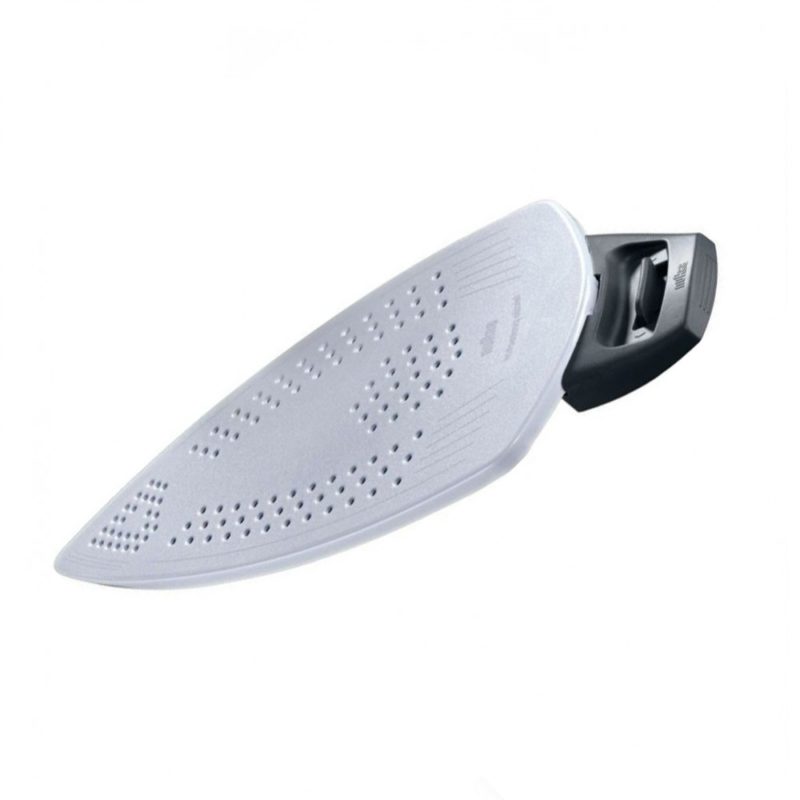
Thus, understanding what is the difference between a steam generator with a boiler and without a boiler, you can understand that it consists only in the principle of operation of the device. At the same time, the appliance with the boiler heats up a little longer, the temperature of its steam is higher, and the humidity is less, in contrast to the rapidly heating steam generator. Therefore, before choosing one or another type of device, you need to realize which of the parameters will be more important and necessary during operation.

